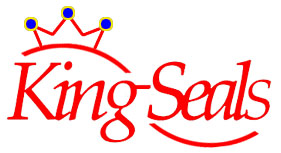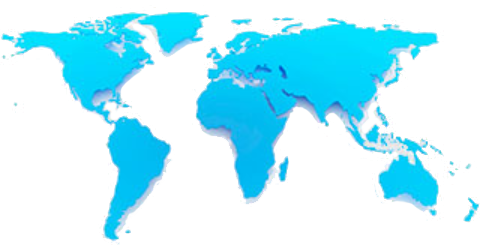Mechanical seals principle
The gap between the stationary rings and the seal face of the mechanical seal is the main sealing surface that determines the key to friction, wear and seal performance of the mechanical seals and also determines the service life of the mechanical seals.
The sealing face is spring-loaded axially free to move in contact with the seat. Axial mobility allows automatic compensation for wear, eccentricity and thermal displacement of the shaft. O-rings auxiliary sealing role, you can play a radial seal and buffer, so that the entire seal in the radial rigid contact does not occur.
In stationary cases, the moving end faces of the moving and stationary rings are in mechanical contact, but complex frictional effects occur between the end face and the sealed fluid as the shaft rotates.
Most of the key features of mechanical seals are their automatic interface lubrication mechanism that controls sealing function, friction, wear and lifetime. It all depends on the liquid that passes through the interface and the lubricant film is set up so that the seal will operate with virtually no contact (usually a mixed friction, a dry friction between dry friction and complete liquid film) conditions.
Under the action of cavity pressure, the medium passes through the end faces of the sealing friction pair; the surface tension and centrifugal force have little effect at this moment. As the fluid flows radially through the end face, the fluid pressure continues to decrease until it reaches an external backpressure (typically atmospheric pressure) which acts similarly to the load bearing function of the hydrostatic bearing. Sealing capacity depends on the pressure drop and the interface gap shape changes, mathematical analysis is more complicated, refer to mechanical seal related books.
When the seal is rotated, a shear flow with the remaining end surface height variations within the hydrodynamic interaction of the end face, the pressure field having a hydrodynamic bearing similar to bearing function, and depending on the viscosity of the medium, rotational speed and an end gap variation.
Under normal conditions, hydrodynamic hydrodynamic fluid field hydrostatic fluid field and fluid hydrostatic pressure field constitute the sealing operation of the bearing capacity, part of the opening force, used to prevent the seal rigid contact. When the opening force and closing force deviate from the balance, the end face automatically adapt to separate, or a large number of leaks.



